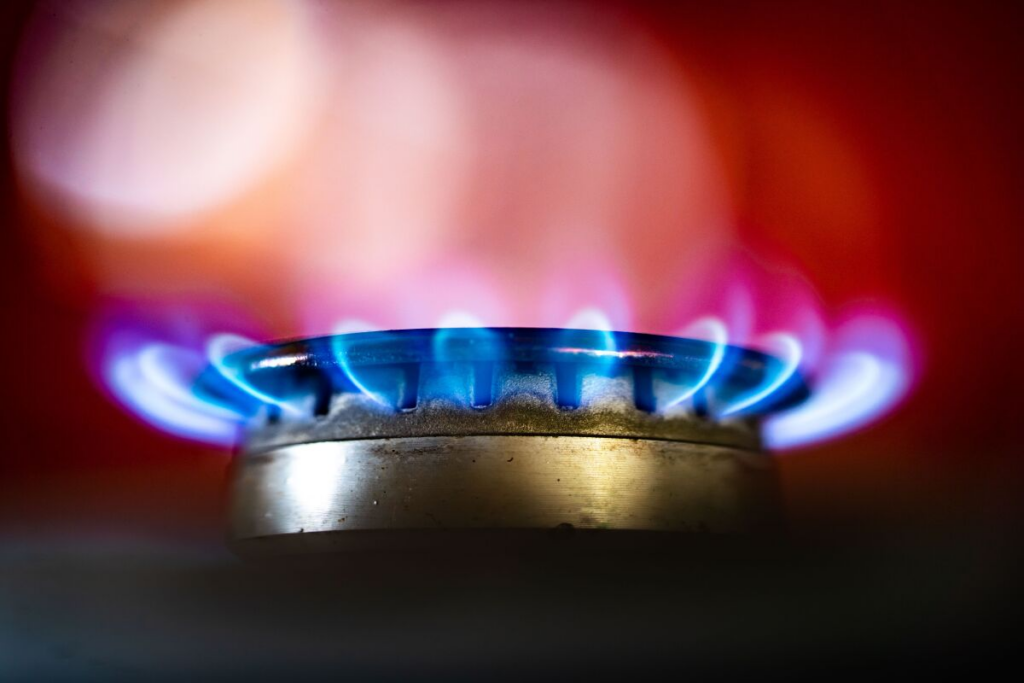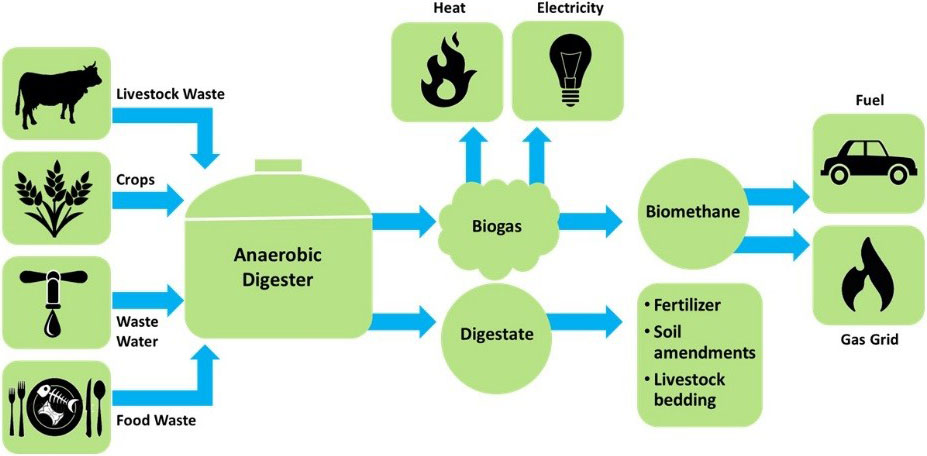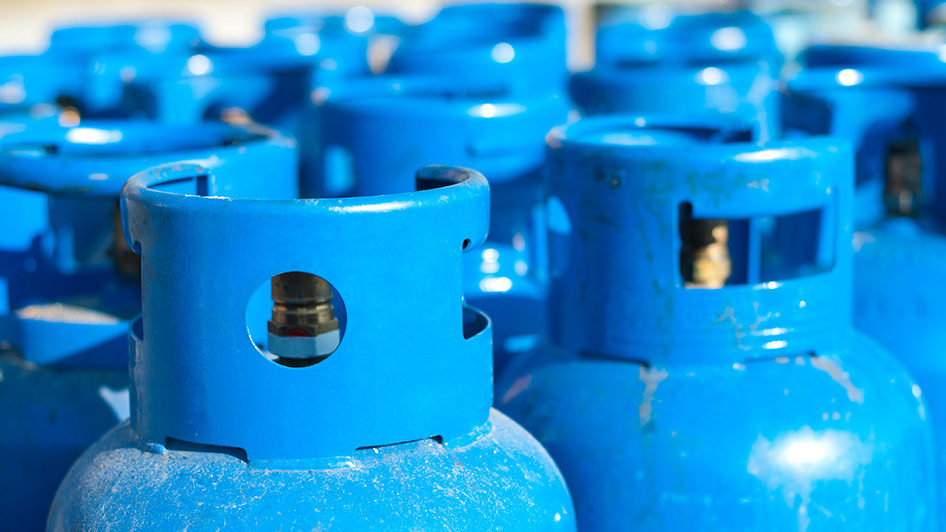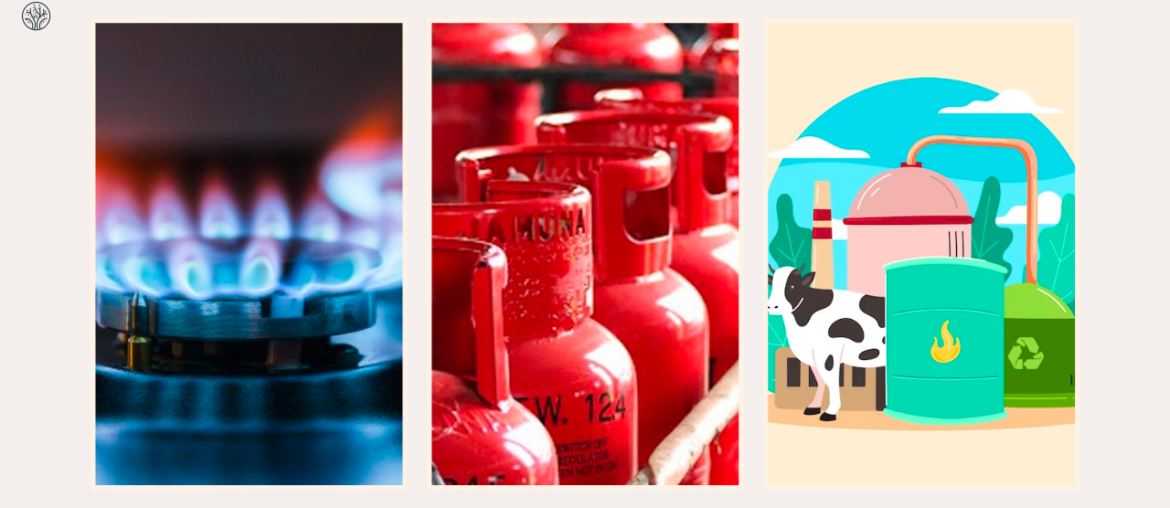In the quest for a sustainable future, every aspect of our lives must undergo a transformation. The kitchen, the heart of our home, is no exception. Using traditional fuels like coal and wood for cooking can have harmful environmental effects. As we strive to reduce our carbon footprint, moving towards more eco-friendly fuels for cooking is necessary.
In this article, we explore the importance of sustainable fuels and delve into some of the top eco-friendly options available for your kitchen.
What Is Sustainable Fuel?
Sustainable fuel has become a buzzword in discussions about reducing carbon emissions. The pressing issue with conventional fossil fuels is the enormous carbon footprint they leave behind. All activities involving these fuels release vast amounts of greenhouse gases into the atmosphere. This significantly contributes to global warming and climate change.
The emergence of sustainable fuels is a revolutionary alternative to traditional fossil fuels. The key distinction of sustainable fuels lies in their source. Rather than being extracted from underground fossil reserves, they are derived from renewable feedstocks. These feedstocks include agricultural residues, municipal waste, and even algae. By utilizing these materials, sustainable fuel production will significantly reduce carbon emissions.
Importance of Using Eco-friendly Fuels for Cooking
Using sustainable, eco-friendly fuels for cooking is very effective at reducing greenhouse gas emissions. This factor makes them a beacon of hope amid increasingly severe climate change. Switching to sustainable fuels can reduce carbon emissions by up to 80% compared to traditional fossil fuels.
In addition, sustainable fuels also help tackle other environmental concerns. One of these is the reduction of impurities, notably sulfur.
Conventional fuels contain sulfur that releases sulfur dioxide (SO2) when burned. SO2 is a harmful air pollutant that causes acid rain and respiratory problems.
In contrast, sustainable fuels have lower impurity levels. This translates to a considerable reduction in sulfur emissions into the environment. Using eco-friendly fuels can contribute to cleaner air and a healthier planet.
Top Eco-Friendly Fuels For Cooking
Natural Gas

Natural gas is one of the most common eco-friendly fuels for cooking used in households worldwide. While it is a fossil fuel energy source, it boasts several advantages over its traditional counterparts. Natural gas is an efficient and clean fuel that is well suited for cooking.
Natural gas produces fewer pollutants and greenhouse gases than other fossil fuels. According to the Center for Liquefied Natural Gas, natural gas emits 45% less carbon dioxide than coal, 30% less than oil, and 15% less than wood during combustion. This reduction in emissions makes it a cleaner option for cooking.
In addition, modern natural gas cooking appliances, available at reliable retailers like Wayfair, utilize electronic spark ignition systems. These systems only ignite the flame when cooking is initiated. This not only saves energy but also reduces greenhouse gas emissions. In fact, these systems can save up to 30% on energy costs compared to traditional pilot lights.
Another big plus of natural gas for cooking is its direct use. Electric cooktops require electricity generation from fossil fuels like coal or gas. Meanwhile, natural gas is used directly for cooking. This means that there are no energy losses associated with the conversion of one form of energy to another.
Biogas

Biogas is a remarkable eco-friendly fuel option that deserves special attention. It is produced through the anaerobic digestion of organic matter, such as animal and kitchen waste, crop residues, and more. The resulting biogas consists mainly of methane (40-70%) and carbon dioxide (30-60%).
There are numerous benefits to using biogas for cooking, making it a promising choice for eco-conscious kitchens:
- Clean Burning: Biogas burns very cleanly. It produces fewer pollutants during cooking than most other fuels.
- Instant Heat: Biogas provides instant heat upon ignition. This eliminates the need for pre-heating or waiting time.
- Regulated Heat: Most biogas burners can regulate the flow-rate, allowing you to adjust the flame from high heat to a small, low heat for simmering.
- Versatility: Biogas can also be used for lighting, reducing the need for other fuel sources.
- Fertilizer Production: The by-product of the biogas production process is slurry. You can use slurry as a valuable fertilizer.
- Carbon Negative: Biogas is a renewable fuel that is “carbon negative.” When burned in a cookstove, it releases fewer greenhouse gases than if the organic waste were left to decompose naturally.
Liquefied Petroleum Gas (LPG)

Liquefied Petroleum Gas (LPG) is a versatile eco-friendly alternative for cooking gas. It is a by-product of natural gas extraction and crude oil refining and consists mainly of butane and propane. LPG has several advantages that make it an excellent choice for sustainable cooking:
- High Energy Content: LPG boasts a high energy content. A kg of LPG provides 20.7 MJ/kg, higher than air-dried firewood (16 MJ/kg) and close to charcoal (27-33 MJ/kg). This means that significantly less LPG is required to provide the same amount of cooking energy.
- Convenience: LPG stoves heat quickly and offer precise control, reducing cooking and cleaning time. It can be transported, stored, and used anywhere, making it a convenient option for households.
- Clean and Low Emissions: LPG releases fewer pollutants than most other cooking fuels. It significantly reduces indoor air pollution, protecting the health of women and children.
- Greenhouse Gas Reduction: LPG emits relatively low levels of CO2, making it an environmentally responsible choice. It can reduce greenhouse gas emissions by 5-16 times per prepared meal compared to coal.
- Wood Consumption Reduction: The use of LPG can substantially decrease wood consumption. Just 45 kg of LPG is sufficient to produce the same thermic energy as half a ton of wood.
Embrace Eco-friendly Fuels for Cooking Now!
In conclusion, practicing sustainable cooking can have a profound impact on the environment. By switching to eco-friendly fuels for cooking and using sustainable cookware, we can create a kitchen that not only serves delicious meals but also serves the planet.
So, it’s time to embrace the eco-friendly fire in our kitchens. Let’s start the sustainable kitchen revolution and cook our meals with a conscience!





